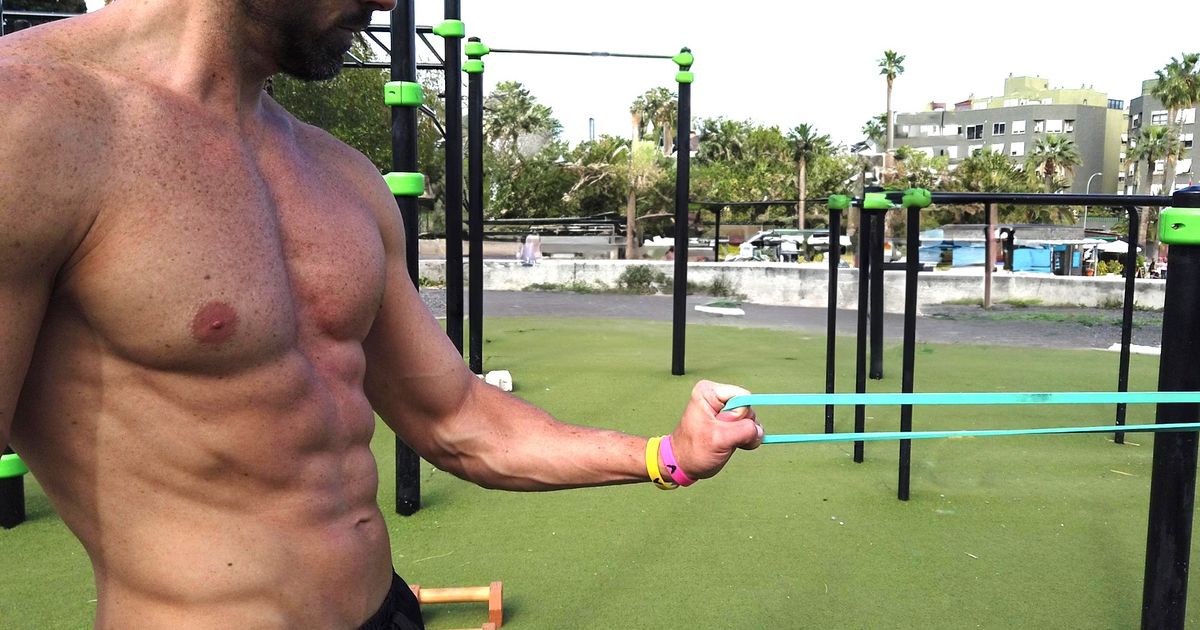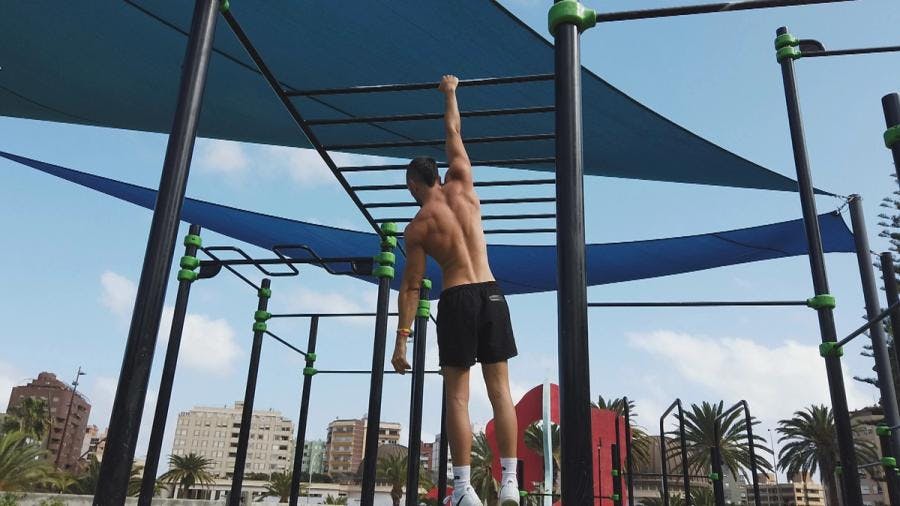
Release 25.12.0
Calisteniapp v25.12.0 introduces program pause, performance improvements, and the 10’ Workout Challenge 2026. No shortcuts, just better tools

In calisthenics, the forearms are one of the invisible foundations of performance. Your grip strength, pull-up endurance, and control in advanced movements like the muscle up or front lever all depend on them. Moreover, strong forearms are key to preventing common injuries such as epicondylitis (pain on the outside of the elbow) and epitrochleitis (pain on the inside).
The good news is that you don’t need weights or machines to develop them. With your own bodyweight and some specific movements, you can build great strength and endurance. In this article, you’ll discover the most effective forearm exercises in calisthenics.
The forearms are responsible for transmitting force between your hands and the rest of your body. If you neglect them, your progress will stall in many pulling movements. Here are the main reasons why you should train them:
In short, including exercises to improve your forearms will make you stronger, more resilient, and less prone to injuries. And later, you’ll discover the best forearm exercise for your level.

The forearm consists of several muscle groups that work together:
In calisthenics, these muscles are activated in nearly all pulling and support exercises. Training them from different angles and with different types of contraction (dynamic and isometric) is essential for balanced and complete development.



The best forearm exercise depends on your level:
These exercises develop functional and resilient grip strength — ideal for calisthenics. If you want to take it further, explore our grip strength routines inside Calisteniapp.
How many times per week should I train them?
One dedicated session per week or at the end of your pulling workouts.
Can they be trained without weights?
Yes. Your own bodyweight, a pull-up bar, and the floor are more than enough.
When will I see results?
Between 3 and 6 weeks, if you’re consistent and maintain good technique.
Beginners:
Intermediates:
Advanced:
Strengthen your forearms and improve your grip with specific routines inside Calisteniapp.
👉 Download the app and access guided plans to build your grip strength, prevent injuries, and master advanced exercises like the front lever or muscle up.
By Yerai Alonso

Yerai Alonso
Cofundador de Calisteniapp, referente en calistenia y el street workout en Español. Con más de una década de experiencia, es creador de uno de los canales de YouTube más influyentes del sector. Autor del libro La calle es tu gimnasio, campeón de Canarias y jurado en competiciones nacionales e internacionales.
Join our newsletter
Learn everything you need to know about calisthenics

Calisteniapp v25.12.0 introduces program pause, performance improvements, and the 10’ Workout Challenge 2026. No shortcuts, just better tools

Start training or give your routines a boost with this 21-day Calisthenics challenge for all levels that will put your discipline to the test.

Calisteniapp is a symbol that represents our obsession with excellence, our essence, and the path we want to define for the next ten years.
